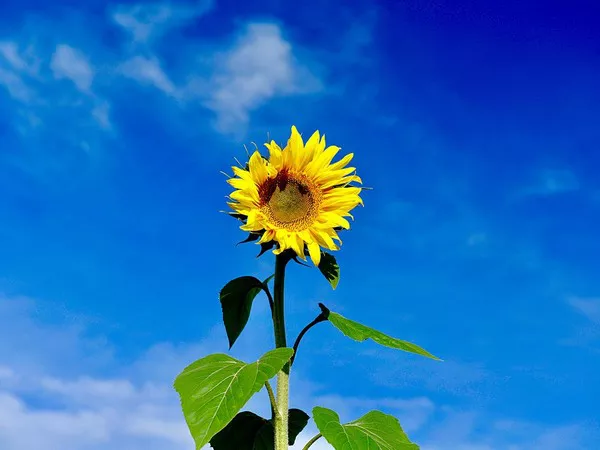Flowers have been cherished for their beauty and significance throughout human history. Beyond their aesthetic appeal, many flowers also carry profound symbolism, representing emotions, virtues, and beliefs. Among these symbolic meanings, hope and new beginnings hold a special place. In this comprehensive guide, we will explore the flower that symbolizes hope and new beginnings, along with other flowers with similar connotations and the cultural significance of these blossoms.
The Flower of Hope and New Beginnings
1. Daffodil (Narcissus)
The daffodil is a classic symbol of hope and new beginnings. With its bright yellow or white petals and trumpet-shaped corona, the daffodil announces the arrival of spring, signifying the renewal of life and the promise of better days ahead. It is a flower that brings hope and optimism after a long, dark winter, making it a cherished symbol of fresh starts and positive change.
Flowers with Similar Symbolism
1. Cherry Blossoms
Cherry blossoms, also known as sakura in Japanese culture, are renowned for their ephemeral beauty and the fleeting nature of life. Blooming in abundance during the spring season, cherry blossoms symbolize new beginnings, the transient nature of existence, and the appreciation of the present moment. In Japan, the cherry blossom season is celebrated with hanami (flower-viewing) festivals, where people gather to witness the blossoms’ brief but breathtaking display.
2. Tulips
Tulips are often associated with new beginnings and rebirth, especially in the context of springtime. These elegant flowers come in a wide array of colors, each carrying its own significance. Red tulips symbolize love and passion, while yellow tulips represent cheerful thoughts and positivity. White tulips, akin to daffodils, are emblematic of purity and hope for a fresh start.
3. Lilies
Lilies are graceful and versatile flowers that hold various symbolic meanings across cultures. In Christianity, lilies are associated with the Virgin Mary and represent purity and renewal. In other contexts, lilies symbolize rebirth and the cycle of life and death. The lily’s elegant appearance and diverse meanings make it a popular choice for expressing hope and new beginnings.
4. Hyacinths
Hyacinths are fragrant spring flowers that embody hope and rebirth. The blossoms’ pleasant scent and vibrant colors, ranging from pale pastels to deep jewel tones, make them a delightful addition to any garden or floral arrangement. Hyacinths are often gifted to celebrate the coming of spring and to wish someone a fresh start in life.
5. Morning Glories
Morning glories are charming and colorful flowers that bloom in the morning and close in the afternoon. Their fleeting nature is associated with the concept of embracing each new day with hope and enthusiasm. In various cultures, morning glories symbolize the idea of a fresh start and the possibilities that each day brings.
Cultural and Historical Significance
1. Ancient Mythology and Folklore
In ancient Greek mythology, the narcissus flower is associated with the story of Narcissus, a beautiful youth who fell in love with his own reflection in a pool of water. The flower is believed to have sprung from the spot where Narcissus died, symbolizing the themes of self-love, transformation, and the cycle of life and death.
2. Religious Symbolism
In Christianity, flowers like lilies and tulips are often used in religious ceremonies and holidays, symbolizing purity, resurrection, and the hope of eternal life. These flowers are especially prevalent during Easter celebrations, representing the triumph of life over death and the promise of a new beginning through faith.
3. Cultural Festivals and Traditions
Flowers symbolizing hope and new beginnings are frequently featured in various cultural festivals and traditions around the world. From cherry blossom festivals in Japan to tulip festivals in the Netherlands, these events celebrate the arrival of spring and the renewal of life. The symbolism of these flowers is embraced and cherished, making them an integral part of cultural identity and celebrations.
Conclusion
Flowers have the extraordinary power to convey profound meanings and emotions, and the symbolism of hope and new beginnings holds a special place in the hearts of many. From the bright daffodils heralding the arrival of spring to the delicate cherry blossoms representing the fleeting beauty of life, these flowers remind us of the cyclical nature of existence and the promise of fresh starts. In different cultures and traditions, flowers like tulips, lilies, hyacinths, and morning glories are also revered for their associations with hope, optimism, and positive transformations. As we marvel at the beauty of these blossoms, let us also reflect on the powerful messages they convey and the enduring significance they hold in our lives.


